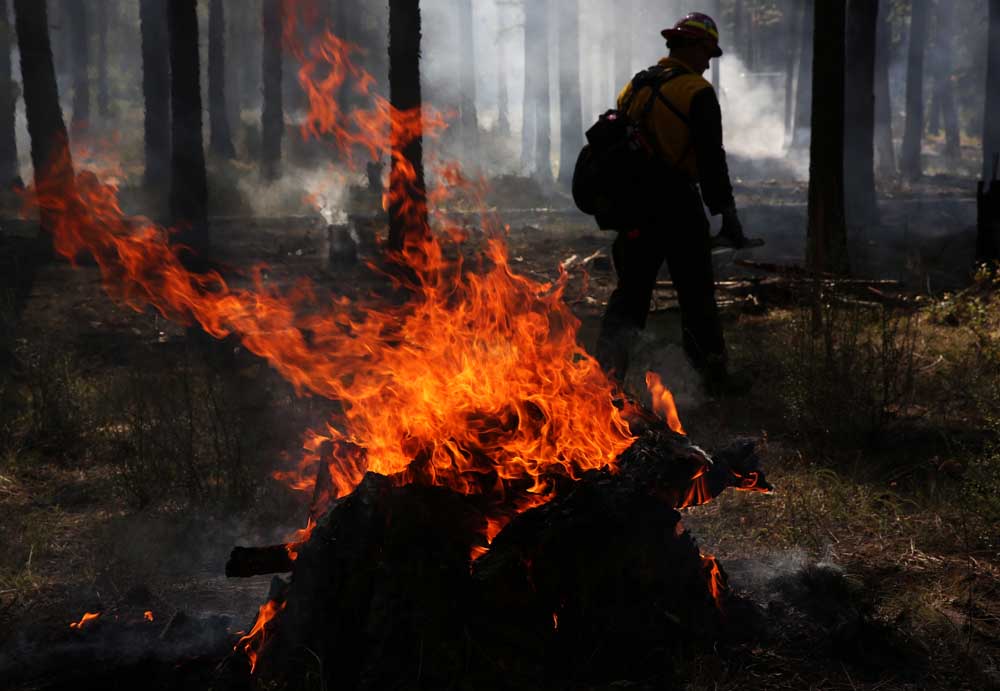Column: Only active management can prevent forest fires
Published 12:30 am Thursday, October 24, 2024

- Cecilia Greco
The 2024 wildfire season isn’t even over, and millions acres of U.S. land have already burned. As climate change heightens wildfire activity and extends the wildfire season, it is imperative to implement commonsense, responsible methods of active forest management to control and mitigate wildfires.
In the last 20 years, wildfire intensity and frequency have doubled. Western North America, in particular, has seen the highest surge in wildfires, with incidents increasing 11-fold in coniferous forests. Forest fires destroy homes and livelihoods and have devastating economic effects, degrade air and water quality, exacerbate climate change, and increase the risk of flooding.
With six out of the last seven years being the planet’s most intense wildfire seasons on record, active forest management is vital in mitigating the effects of fires and preventing future fires from spreading uncontrollably.
When people hear “forest fires,” they envision crown fires burning through large trees and forest canopy. The reality of forest fires is more complex. Ground fires that burn decayed roots and surface fires that burn shrubs and herbaceous vegetation are also wildfires. In a typical wildfire, it is common to have all three. Each type of fire requires active forest management to control, and active forest management cannot be implemented unless bureaucratic red tape is cut and environmental review processes are reformed.
Climate change and forest fires fuel each other. As more forests burn, more carbon dioxide is emitted, worsening climate change in a continuous climate-fire feedback loop. However, the U.S. Forest Service found that mismanagement of forests has contributed far more significantly to the surge in wildfires than climate change.
Active forest management involves using time-tested and systematic techniques to reduce the occurrence of wildfires. Management strategies must be tailored to suit the specific characteristics of each fire and different landscapes. In the Pacific Northwest, forest management includes controlled burns to reduce wildfire fuel, thinning forests and removing logging debris, and creating open spaces of land called fire breaks to halt a fire in action. In California, similar efforts focused on forest restoration by selectively thinning and burning forests.
The Forest Service found these forest management practices reduce fire severity by 62 percent to 72 percent. However, delayed approval by the federal government stops these projects before they can have an effect. To go from fire mismanagement to active management, two members of the House Committee on Natural Resources have proposed the bipartisan Fix Our Forests Act.
The act aims to streamline the environmental review process for efficient approval of forest management projects, ensuring they are timely and cost-effective. It mandates prompt filing of lawsuits and aims to reduce unnecessary litigation that delays project commencement. Additionally, the act prioritizes active management of high-risk forests while adopting innovative technologies and encouraging collaboration to strengthen community resilience against wildfires.
Active forest management is essential not only for preventing wildfires but also for the preservation of present and future ecosystems. Conservationists must advocate for stewarding the environment for generations to come and to champion solutions like the Fix Our Forest Act, ensuring the restoration of American forests and prevention of future fires.









